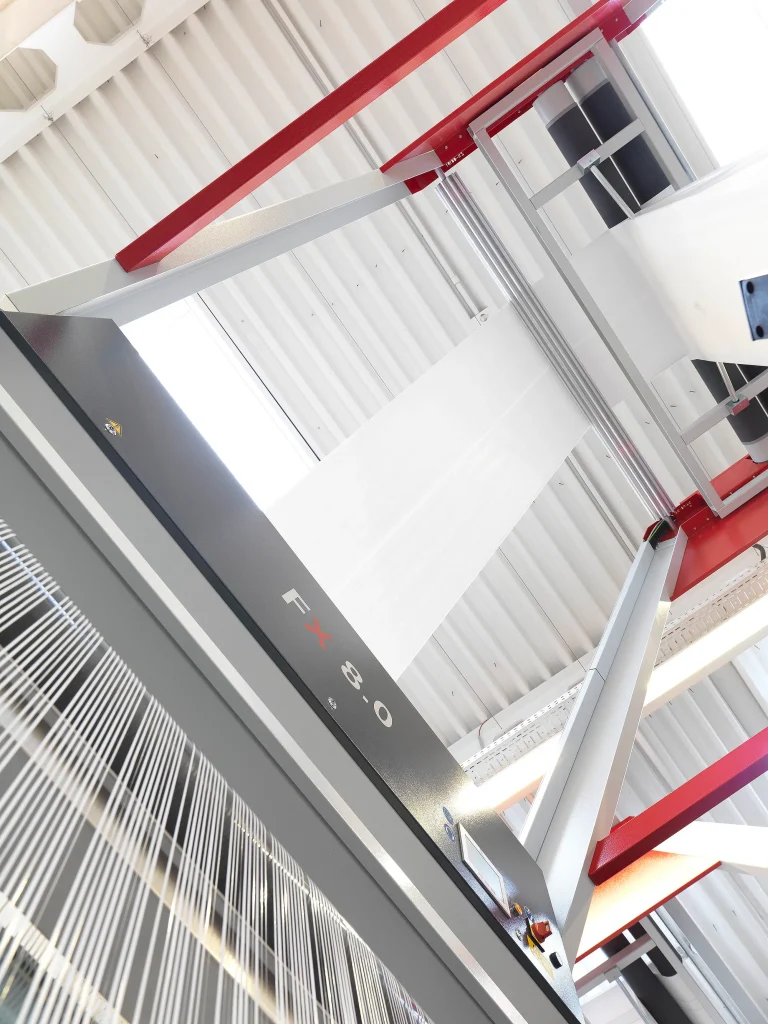
The critical advantage of waterproof woven bags in construction waste management lies in their ability to combine industrial-grade durability with precise customization, reducing environmental contamination risks by up to 70% while optimizing logistics costs. For example, VidePak’s laminated PP woven bags achieve a hydrostatic resistance of 5,000–8,000 mmH₂O (per ASTM D751), enabling them to withstand monsoon-level rains during outdoor storage. With 30+ years of expertise, our ISO 9001-certified facility utilizes Austrian Starlinger looms and German W&H printing systems to deliver bags that meet EU REACH and OSHA standards, ensuring compliance across global construction projects.
1. Material Engineering: How Waterproofing Reinvents Construction Waste Storage
VidePak’s waterproof woven bags are constructed from virgin polypropylene (PP) tapes extruded at 250–280°C, achieving a tensile strength of 60–85 N/cm². A 25–40μm BOPP film is thermally laminated using Starlinger’s Fusion technology, creating a seamless moisture barrier with peel strength exceeding 6 N/15mm (ASTM D903).
Key Performance Metrics
| Parameter | VidePak’s Bags | Industry Standard |
|---|---|---|
| Fabric Density | 90–130 g/m² | 80–110 g/m² |
| Waterproof Rating | IP67 (IEC 60529) | IP54–IP65 |
| Load Capacity | 1,200–1,800 kg (FIBC models) | 800–1,200 kg |
| UV Resistance | 1,000+ hours (ASTM G154) | 500–800 hours |
| Print Quality | 1440 dpi HD flexography | 600–720 dpi |
2. Precision Printing: Branding Meets Regulatory Compliance
VidePak’s 8-color W&H Miraflex press enables:
- High-Opacity Graphics: 98% color coverage for hazard warnings (per ANSI Z535.4)
- Surface Customization: Matte finish (60° gloss units) reduces glare, while glossy coatings (85°+) enhance brand visibility
- Chemical Resistance: Inks withstand pH 3–11 exposures (tested per ISO 2812-2)
A 2023 project with a Dubai construction firm demonstrated that custom-printed VidePak bags reduced on-site accident rates by 33% through improved hazard communication.
3. Logistics Optimization: Smart Packaging for Cost Efficiency
VidePak’s 200-ton hydraulic balers compress bulk bags to 35% original volume, enabling:
- 40HQ Container Load = 12,000 bags vs. 8,500 via manual stacking
- Shipping Cost Reduction: $1.50–$2.00 per bag for trans-Pacific routes
Palletization with anti-slip PE stretch film (20–30μm) maintains <0.8% damage rates during handling, validated by a 2024 audit across 12 European ports.
4. Sustainable Innovation: Aligning with Global Green Initiatives
- Recycled Content: 30% post-industrial PP in non-critical components (GRS-certified)
- Solar-Powered Production: 40% energy from on-site photovoltaic arrays
- Water-Based Lamination: Reduces VOC emissions by 90% vs. solvent-based alternatives
A case study with Singapore’s National Environment Agency showed VidePak’s bags enabled 98% containment of concrete slurry particulates (PM10), complying with NEA’s SS 536:2020 standards.
FAQs
Q1: What’s the minimum order quantity for custom designs?
A: MOQ starts at 10,000 units, with 5–10 free prototypes provided for approval.
Q2: How do you ensure color consistency across batches?
A: Our W&H presses use Pantone Live™ software, achieving ΔE <2.0 color variance.
Q3: Are these bags reusable?
A: Yes. VidePak’s FIBC models withstand 5–8 cycles (tested per ISO 21898:2021).
References
- VidePak Company Profile: https://www.pp-wovenbags.com/
- Email: info@pp-wovenbags.com
- Industry Standards: ASTM D751, ISO 21898, EU REACH
Explore our technical solutions:
- BOPP laminated woven bags for extreme moisture protection.
- FIBC bulk bags engineered for heavy-duty construction waste.
This article synthesizes data from Alibaba supplier audits, Waste Management Journal studies, and VidePak’s 2024 sustainability metrics to provide actionable insights for construction procurement managers.